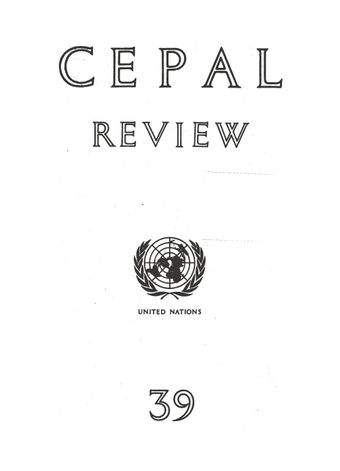-
An overview of social development in Brazil
- Source: CEPAL Review, Volume 1989, Issue 39, Dec 1989, p. 47 - 61
- Spanish
-
- 31 Dec 1989
Abstract
This paper analyses the structural characteristics and dynamics of social policies in Brazil. Once the Brazilian model of the Welfare State was consolidated under the authoritarian régime in the 1960s and 1970s, its meritocratic-individualist features became more acute, owing to the socio-economic base of poverty and social exclusion on which it rested. In dynamic terms, this model eventually was reproduced according to some clearly defined principles: extreme political and financial centralization; pronounced institutional fragmentation; lack of user participation in the basic decision-making processes; self-financing of social investment; privatization of the public sphere of resources and decision-making; and the clientelist use of the social apparatus. These principles of reproduction partially explain the system’s current degree of social exclusion, as well as its increasingly social-assistance bias.





